Ride Solo, Ride Smart: Safety Tips for Solo Motorcycle Travelers
Chosen theme: Safety Tips for Solo Motorcycle Travelers. Welcome to a friendly guide packed with field-tested advice, real rider stories, and practical checklists to help you explore farther with confidence, calm, and common sense. Subscribe, comment, and share your own tips to help fellow solo riders.
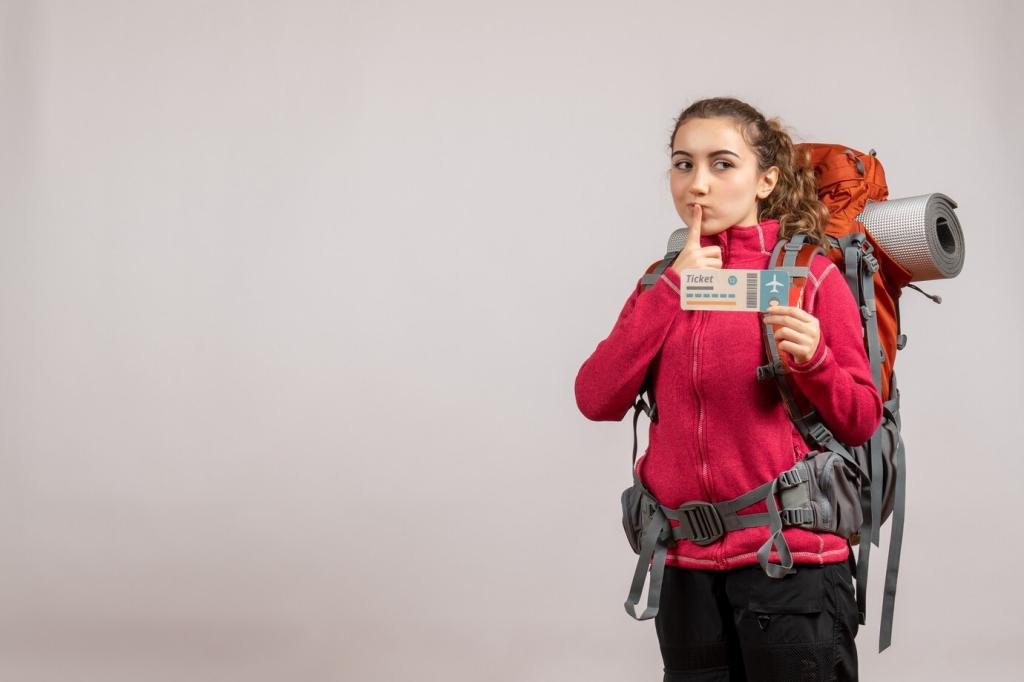
Pre‑Ride Planning That Protects You
Aim for routes that match your skill level, prioritize daylight miles, and include regular fuel and rest stops. Mark backups for gas and lodging, and note low‑traffic alternatives if construction or storms change your plans unexpectedly during a solo ride.

Choose a DOT or ECE certified full‑face helmet; research shows full‑face protection reduces facial injuries significantly. Replace after any impact. Fit should be snug without hotspots, and the visor should seal well against rain at highway speeds consistently.
Protective Gear That Actually Works
Select CE‑rated armor at shoulders, elbows, back, hips, and knees. Pair with abrasion‑resistant textiles or leather and ventilate smartly for heat. Carry a compact rain layer; staying dry preserves focus and reaction time over long, solitary hours riding.
Protective Gear That Actually Works
Situational Awareness and Street Smarts
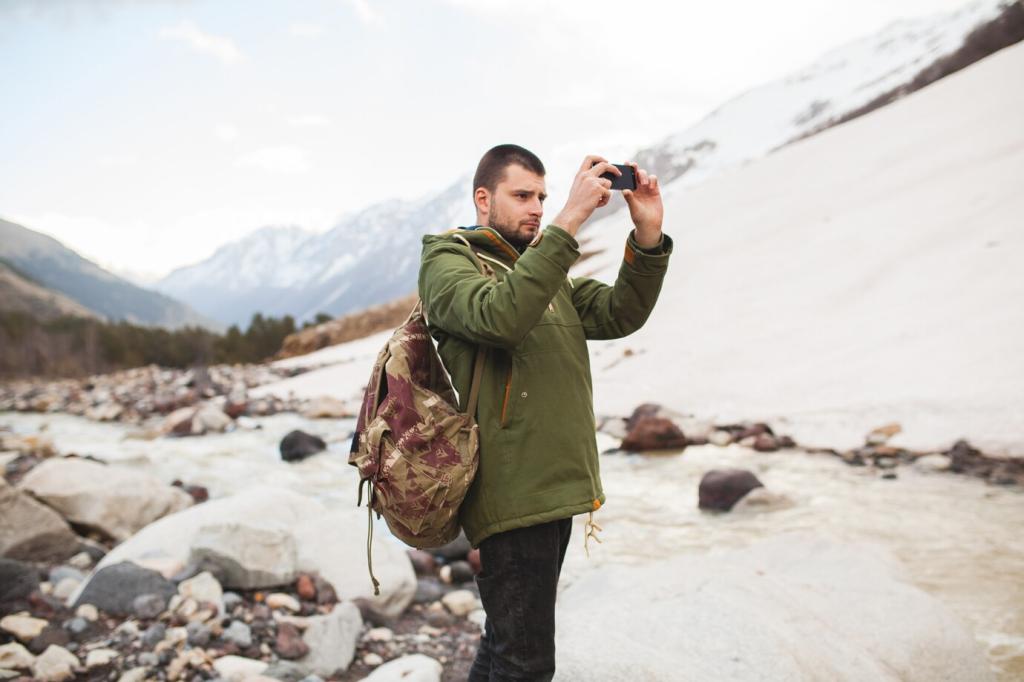
Own your lane space
Shift lane positions to maximize visibility and escape paths. Avoid blind spots, build following distance, and stage for turns early. On rural curves, prioritize sight lines over apex speed; most single‑vehicle incidents begin with surprise within decreasing‑radius corners.
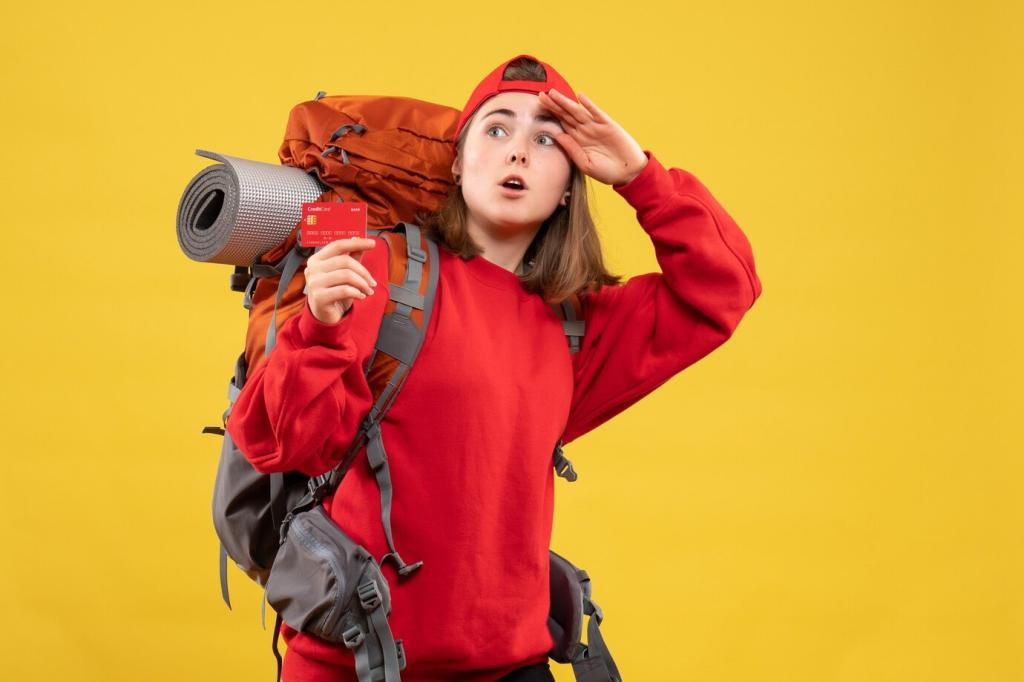
Manage fatigue before it manages you
Use the 90‑minute rule: stretch, hydrate, and snack lightly before you feel tired. Micro‑breaks restore focus. If you yawn twice in ten minutes or miss a turn, stop. Fatigue camouflages risk and erodes judgment faster than riders often realize during solos.
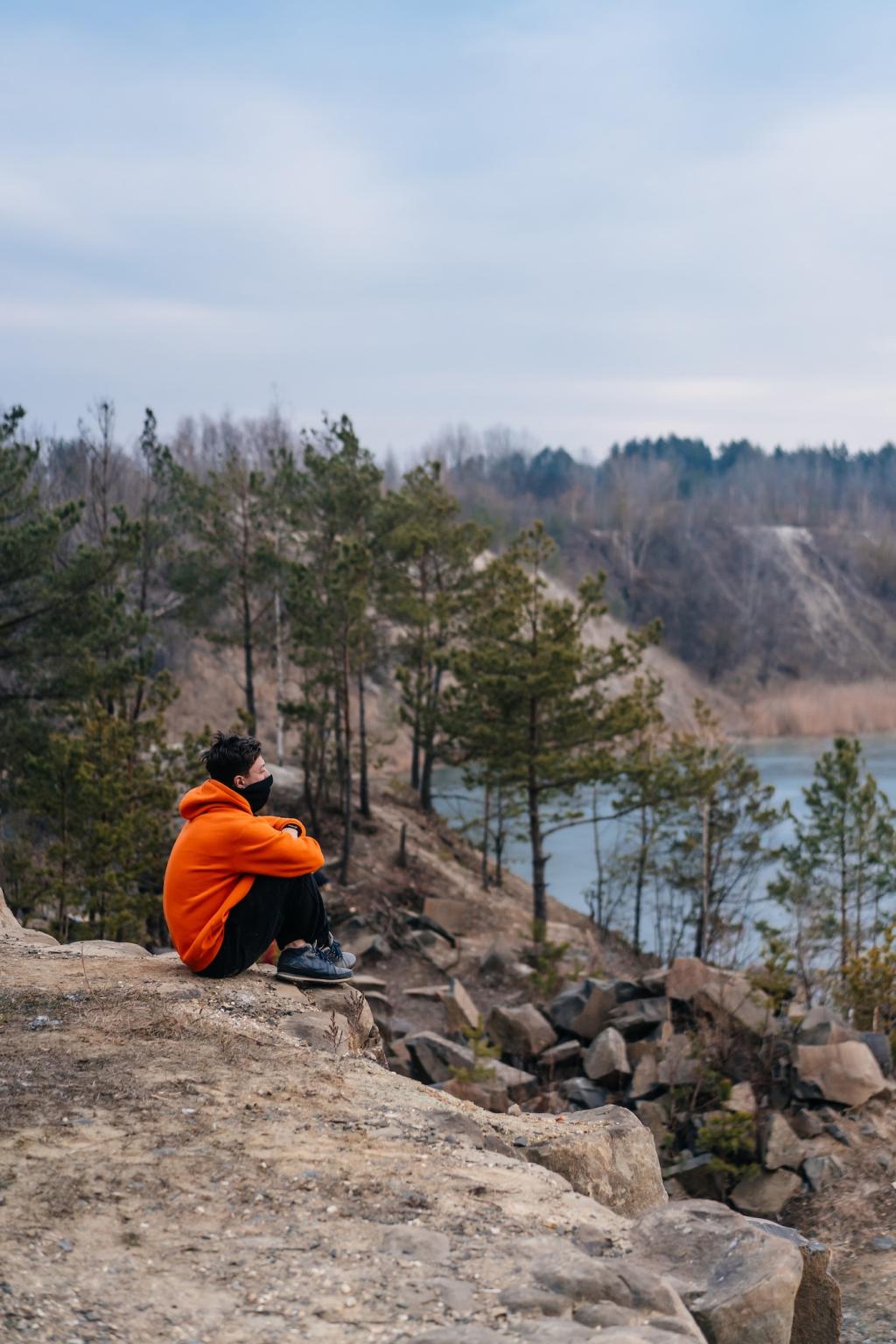
Read traffic like a story
Scan for cues: wandering wheels, head movements, phone‑down stares, or brake‑taps in clumps. Expect left‑turners and merging trucks to misjudge your speed. Cover brakes through conflict zones and narrate hazards in your head to stay mentally engaged and ready.
GPS plus paper map equals resilience
Load waypoints and fuel pins in your GPS, but fold a paper map with highlighter notes in your tank bag. If electronics fail, paper keeps you calm. Practice navigating by junction numbers and natural landmarks for confidence beyond the screen reliance.
Emergency beacons and trackers
Consider a satellite communicator for SOS, bread‑crumb tracking, and pre‑set check‑ins. It reassures family and speeds response in low‑signal regions. Program local emergency numbers and a concise message template to reduce panic and decision fatigue under stress.
Phone mounting and power strategy
Use a vibration‑damped mount to protect camera sensors. Carry a rugged power bank and a short USB cable in a waterproof pouch. Airplane mode in dead zones preserves battery until you reach coverage and can update check‑ins safely when stopped.
Mechanical Reliability on the Road
Run the T‑CLOCS checklist: tires, controls, lights, oil, chassis, stands. Look for chain slack, brake pad wear, and leaks. Confirm toolkit completeness. Five quiet minutes in the morning can save hours of stress later at the worst possible time.
Mechanical Reliability on the Road
Pack a plug kit for tubeless tires or patches for tubes, plus CO2 or a compact pump. Practice at home once. A calm, practiced repair turns a potential trip‑ender into a 30‑minute delay and a good story you can share later.
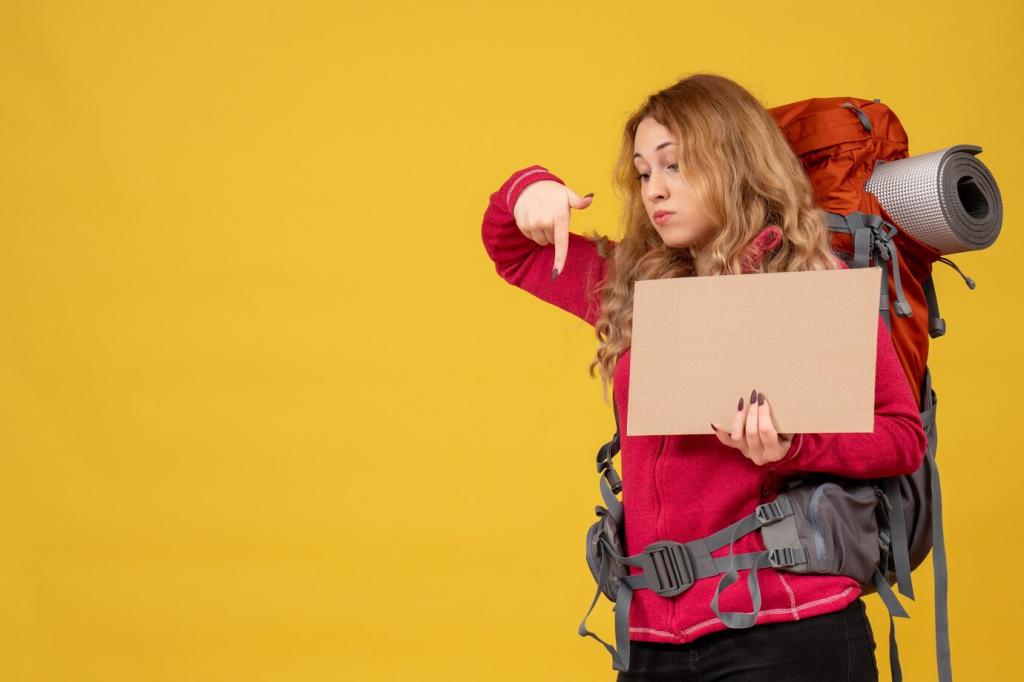
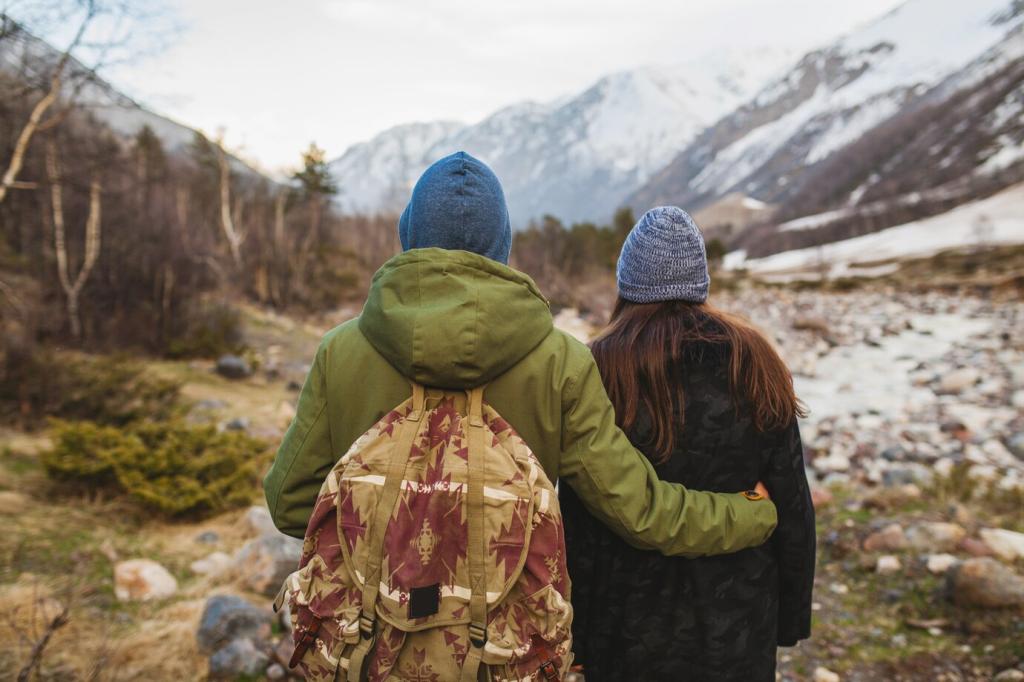
Choose stops with intention
Favor well‑lit lots near entrances and cameras. At motels, request a room with line‑of‑sight to the bike. In towns, ask staff about safe parking norms. Trust vibes; if something feels off, move on without apology or delay to a safer spot.
Layered bike security
Use a disc lock with alarm, a quality chain through a solid anchor, and a cover to reduce attention. Set the steering lock. Photograph the parking spot and surroundings, which helps memory and authorities if anything suspicious happens overnight unexpectedly.
Solo traveler personal safety
Keep keys accessible, minimize time unpacking, and carry a small flashlight. Avoid displaying cash or gear at fuel stops. Share a friendly hello with staff; familiarity makes you more memorable, which can deter trouble and invite helpful eyes nearby.
Mindset, Confidence, and Community
Ignore pressure to chase big miles. Choose a pace that preserves attention and joy. If wind or traffic spikes stress, shorten the day. The best solo tour is one you want to continue tomorrow with energy and genuine enthusiasm.
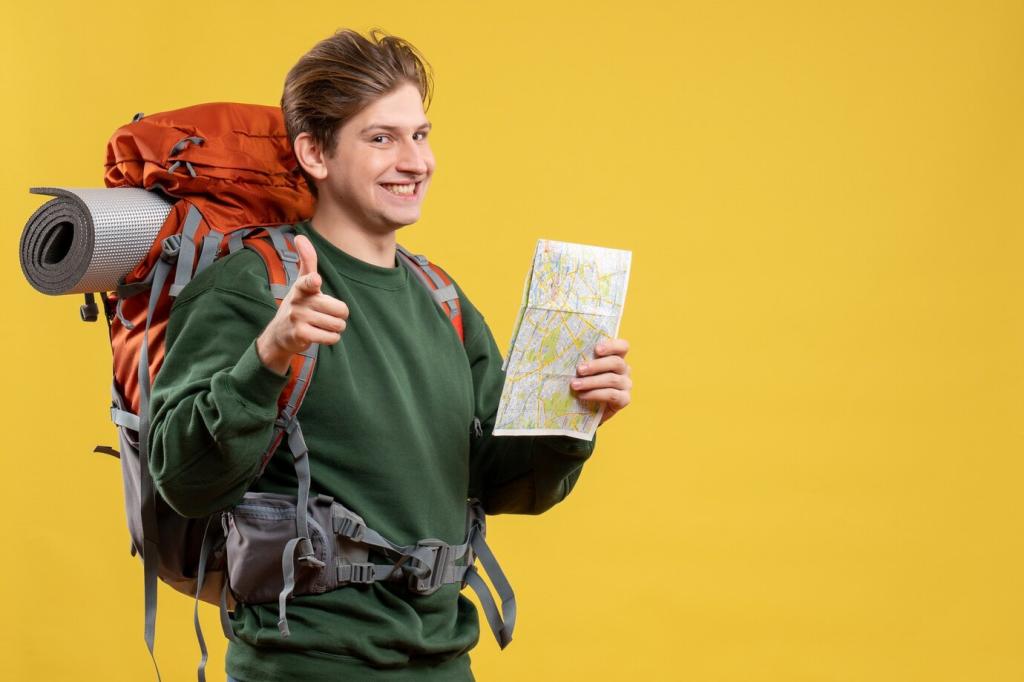
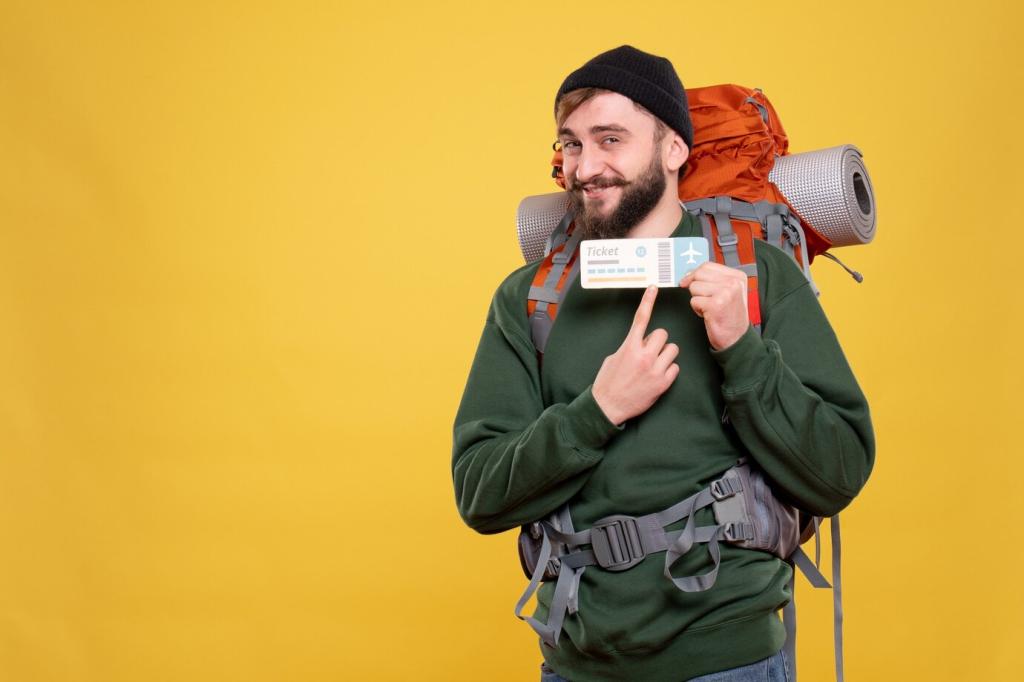
Mindset, Confidence, and Community
When anxiety rises, switch to checklists: gear, route, weather, fuel, bike. Procedures beat panic. A rider once told me she named her routine the calm kit; repeating it before dawn starts made each departure feel familiar, steady, and grounded.
